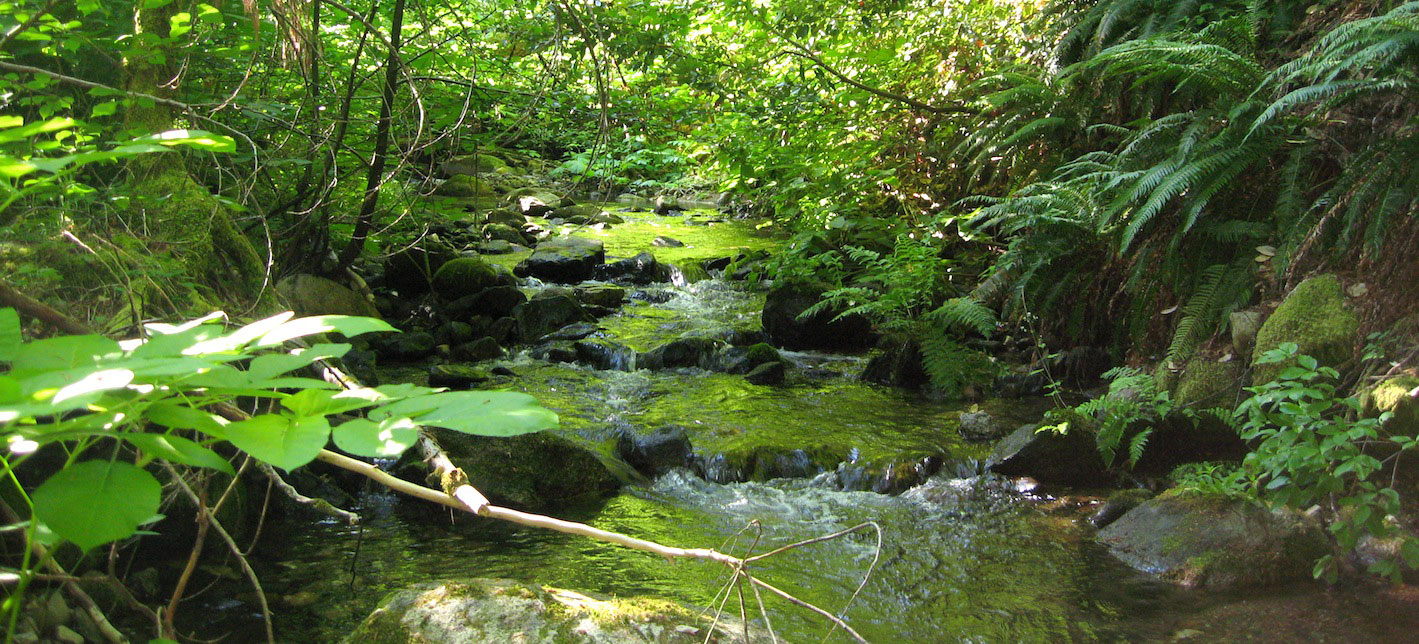Field Safety
Although field localities and field exercises are chosen with safety in mind, work and study outdoors carries some risk. All field class participants are equally responsible for safety, but Professor Pasternack and the TA are in charge. Given that, if you are ever instructed to take an action, or stop one, do so first, question it later.
Field safety begins with YOU. You are responsible for yourself and, through your actions, those around you. You must behave in a safe manner, and if unsure, please seek advice. If you fear injury in performing an assigned task, do not do it; instead, speak to Professor Pasternack or the TA about your concerns. Do not knowingly put yourself or others at risk.
Preparation
Prevention is the key to safety. Inform Professor Pasternack of any conditions which might require emergency medical attention, such as bee sting allergy. You must come to each field trip prepared with:
- Attitudes and behaviors conducive to safe field practices;
- An understanding of the work to be performed, including potential hazards;
- Good footwear, preferably hiking boots, but sturdy running shoes if not boots.
- Open-toed shoes are forbidden;
- Clothing appropriate for the anticipated local weather, plus any additional clothes to change into afterward;
- Sun protection including hat, sun glasses, and sun screen;
- Food and water sufficient for your needs for the duration of the trip;
- Medicines for chronic illnesses (inform Professor of this is the case);
- Mosquito and fly repellent;
- Safety equipment as issued by the Department.
Team Work
You will never be asked to work alone. Keep your groupmates in sight, and don't get separated. Most areas are very open, and you won't have any problems. If you get separated, retrace your steps, back to the start point if necessary, until you find your group. You should never be alone in the field.
Conduct
Other things/activities are forbidden during field activities, including:
- Alcoholic beverages,
- Non-medicinal drugs;
- Firearms;
- Boulder rolling;
- Rough-housing / horsing around;
- Antagonizing wildlife;
- Swimming;
- Rock climbing.
Accidents
Most fatal field accidents are related to vehicle travel. So:
- University vehicles may not be used for recreational purposes;
- Drivers will use common sense and will be conservative;
- Stop if too tired to continue safely;
- All Highway Traffic Act and local by-law, rules and regulations must be followed to the letter.
Most injury (non-fatal) field accidents are caused by slips and falls. So:
- Proper footwear is important;
- Pay attention - watch below and above you on slopes;
- Stay out of the fall line of people above you, and if higher, avoid shedding rocks on those below;
- Ask for help if you are having difficulty on a slope - do not play the hero;
- Rock climbing, aided or free, is not allowed - stay off any cliffs and steep pitches.
Post Field Trip Issues
Even though a field trip may be over, there are still important safety issues you should attend to. If you experienced even a small injury, take the time to check it and let Professor Pasternack know the next day how it turned out. When you get home you should shower with soap and water to remove dirt, germs, fungus, etc. Scratches should be cleaned, coated with a triple anti-bacterial ointment, and covered with a band-aid. Field clothes should be placed in a separate plastic bag until washing to avoid contaminating your home with poison oak oils. It is a good idea to dry yourself thoroughly to minimize the chance of a fungal infection, especially if you used hip or chest waders.
Field Hazards
There are many potential hazards in the field that you should be aware of. Links to more information on each hazard are provided below.
POISON OAK
oak FAQ 1
oak FAQ 2
oak FAQ 3
oak FAQ 4
HEAT STROKE / EXHAUSTION
CDC Heat guide
heat FAQ 1
heat FAQ 2
heat FAQ 3
TICKS
tick FAQ 1
tick FAQ 2
tick FAQ 3
POISONOUS SNAKES
snake info
ALGAE-COVERED ROCKS
LIGHTNING
EARTHQUAKES


